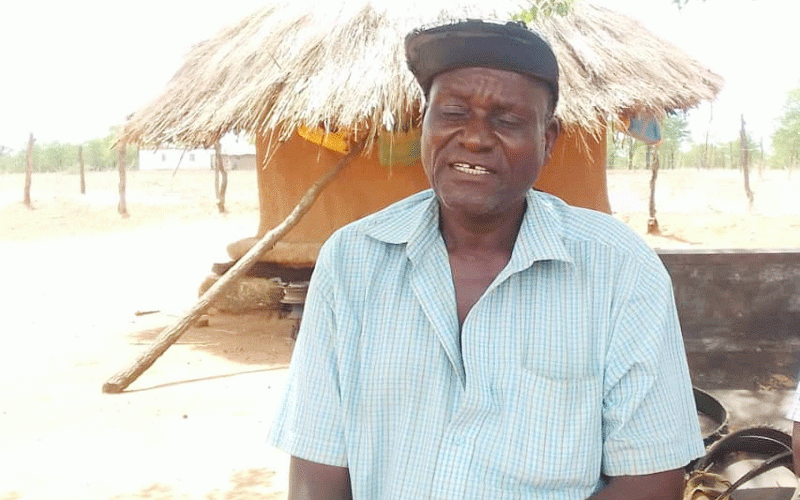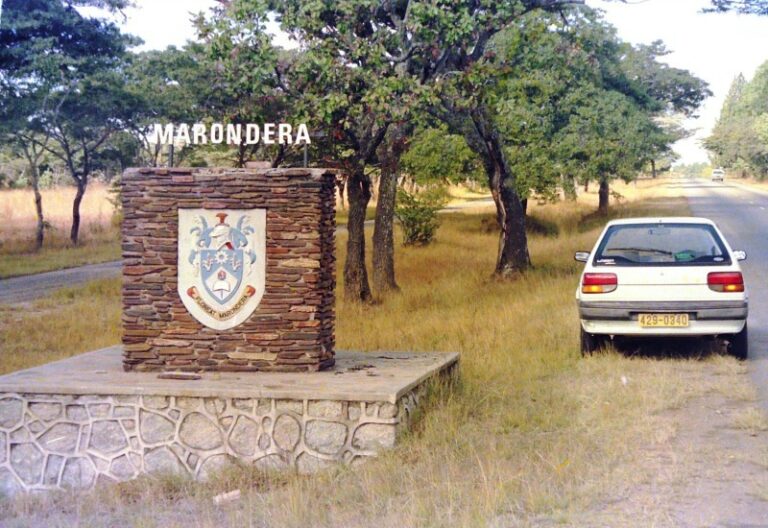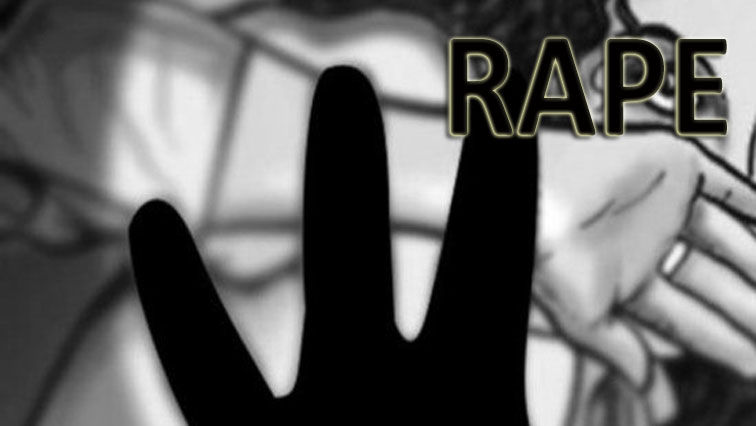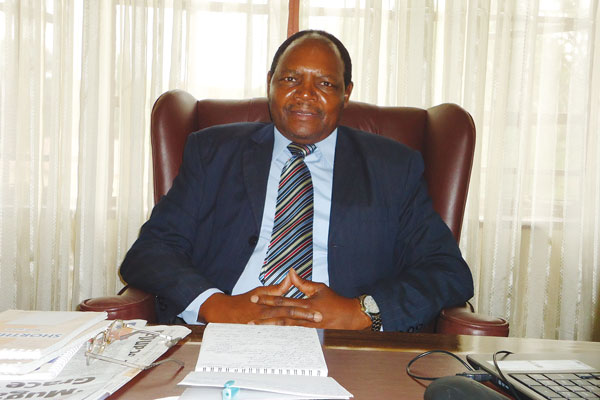
When Josphat Jeke left his ancestral home in Maranda in Mwenezi two decades ago to resettle in Rineti, one of the most thriving ranches in this part of Masvingo province at that time, he had high hopes of improving his life and guaranteeing his family’s food security.
Buoyed by the 80-hectare piece of land allocated to him, Jeke and several other resettled farmers in Rineti were raring to go and help the country reclaim its regional bread basket status.
However, unpredictable weather patterns owing to climate change worsened Jeke’s poverty situation.
“When we came here we had high hopes of making bumper harvests every year,” said Jeke of Village 9 under village head Chizivano.
“The weather, especially the opening of the heavens, has not been consistent over the years making life difficult for us.”
Mwenezi being one of the driest districts in the country, Jeke has seen himself and many others in this part of the country relying on food handouts.
“We haven’t received proper rains to start planting as of now,” he said.
“When we get late rains we turn to small traditional grains like millet and sorghum, but these also are eaten by birds.
- COP26 a washout? Don’t lose hope – here’s why
- Out & about: Bright sheds light on Vic Falls Carnival
- COP26 a washout? Don’t lose hope – here’s why
- Out & about: Bright sheds light on Vic Falls Carnival
Keep Reading
“With such a scenario, we end up relying on food handouts.”
Another villager Tawunga Dhewa said her biggest challenge was water.
“As for water, we rely on the pipe that passes through our area from Mwenezi River to Rutenga growth point, but on most instances the taps are dry,” Dhewa said.
“We end up travelling about 9km to the river to fetch water.
“However, it seems the water levels in the river are low due to increased heat during this time of the year.
“If it doesn’t rain urgently, we are going to have problems.”
Dhewa said she was struggling to feed her family as their grain stocks have been depleted.
“We didn’t have much from the fields, it did not rain as we expected,” she said.
“As such, our grain stocks were very low.
“It’s now difficult to feed my family.”
Jeke and Dhewa are among 4 250 people set to benefit from a Hunger Crisis Response project being implemented by the Zimbabwe Red Cross Society (ZRCS) with the support from the International Federation of Red Cross in three wards of Mwenezi district.
According to the ZimVac 2022 report, Zimbabwe is experiencing food insecurity, with 5,6 out of 16,6 million people (33%) having insufficient food consumption and a projected 38% of the rural households to be cereal insecure at the peak of the lean season (October to December 2022).
Mwenezi being among the most affected districts will see the Hunger Crisis project being implemented for 14 months with a possibility of increasing the number of beneficiaries.
“We are considered the most vulnerable people in the communities, which include the elderly people, children in child-headed families, people living with disabilities, pregnant and lactating mothers, people with chronic illness as well as malnourished children in Red Zone,” said ZRCS secretary-general Elias Hwenga.
“The project is anchored on three pillars, thus food security and livelihoods where we will give direct cash assistance through a money transfer agency every month on a transfer value of US$13 per person- up to five family members.
“On the water, sanitation and hygiene pillar we will ensure that community managed WASH services are provided to the target population to reduce health risks and improve food security and livelihoods.
“We will repair and rehabilitate 10 boreholes, including solarisation of some of this infrastructure.”
Hwenga said the other pillar on health and nutrition is meant to ensure that the immediate risks of the health of affected populations are reduced.
“We really appreciate the support that we have been promised by the Red Cross,” said Jeke.
“Right now we are dry in terms of food stocks.”
Assistant district development coordinator for Mwenezi Iceben Masiiwa said the area was the most affected by climate change.
“As you can see, this area is one of the driest in the country and on top of that it is the most affected by climate change,” Masiiwa said.
He said they were promoting communities to adopt other forms of land use like tourism, fishing as well as the reliance on local resources and local knowledge systems.
“There is also need to invest in small dams and consider water harvesting projects to mitigate climate change challenges in Mwenezi,” Masiiwa said.
“We have seen an increase in the disposal of family asserts and livestock as people seek to buy food.”
The Standard established that livestock were being sold for a song, with cattle going for 4 000 rands, an equivalent of US$200.
A flagship publication of the United Nations Department of Economic and Social Affairs titled World Social Report 2021 says a large chunk of more than three billion people in rural areas of developing countries depend on agriculture for their livelihoods.
The report says these people live on less than US$2-a-day and in areas of extreme droughts and floods driven by climate change like in the case of villagers in Mwenezi it poses an increasing threat to their lives.
Natural resources governance and climate change expert Tapuwa O’bren Nhachi said there was need to conscientise communities about climate change.
“The first port of call is mindset change for communities and come to reality that we have a climate crisis upon us,” Nhachi said.
“This will allow them to diversify crops, livestolk species, vegetables and trees that are needed.
“A shift from high water-using crops and animals should also be encouraged.
“The diversification of agricultural systems can mitigate risk and improve income in dryland areas.”
Nhachi said investing in irrigation schemes could have been one approach in mitigating effects of climate change, but requires strategic infrastructure and could be costly.










